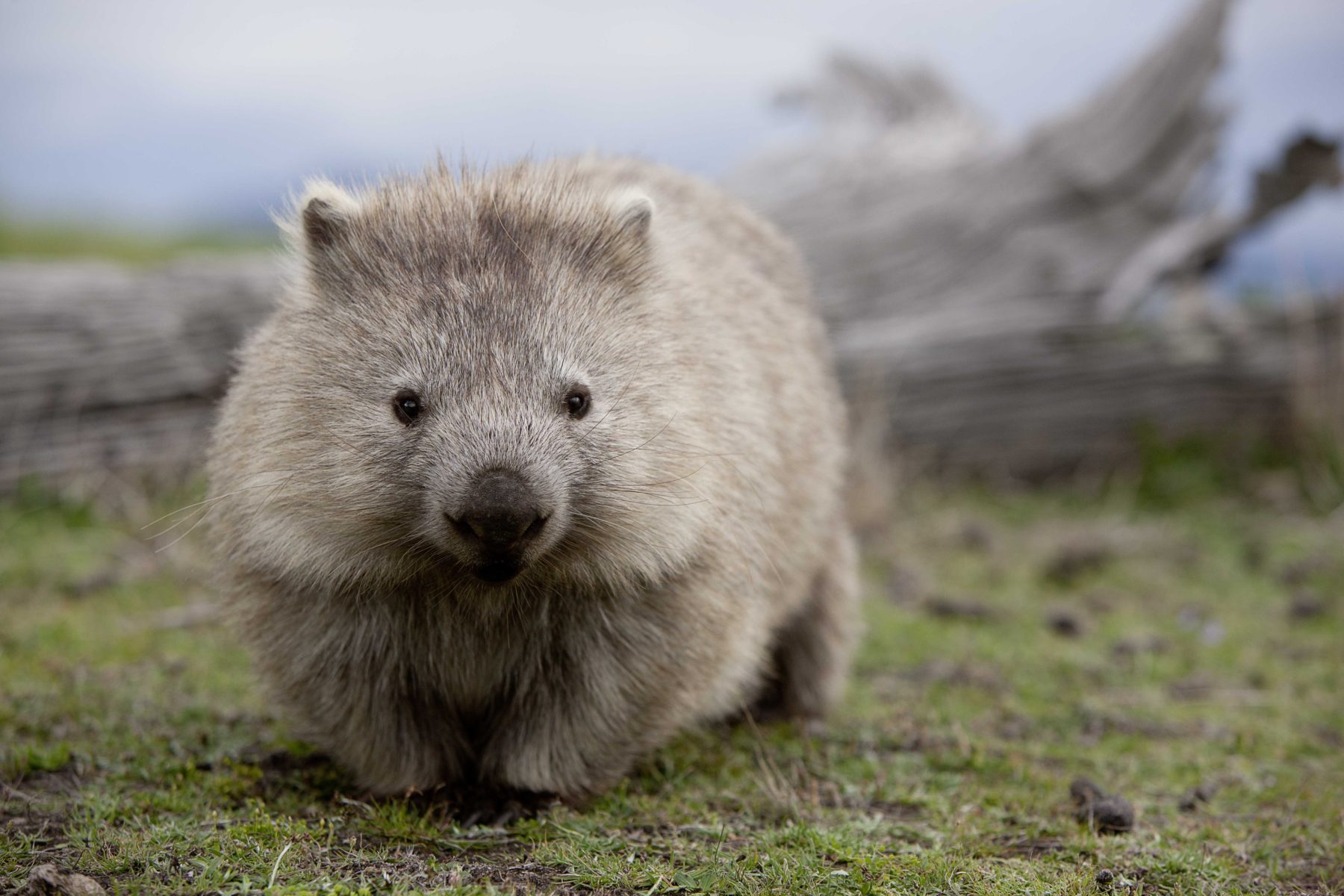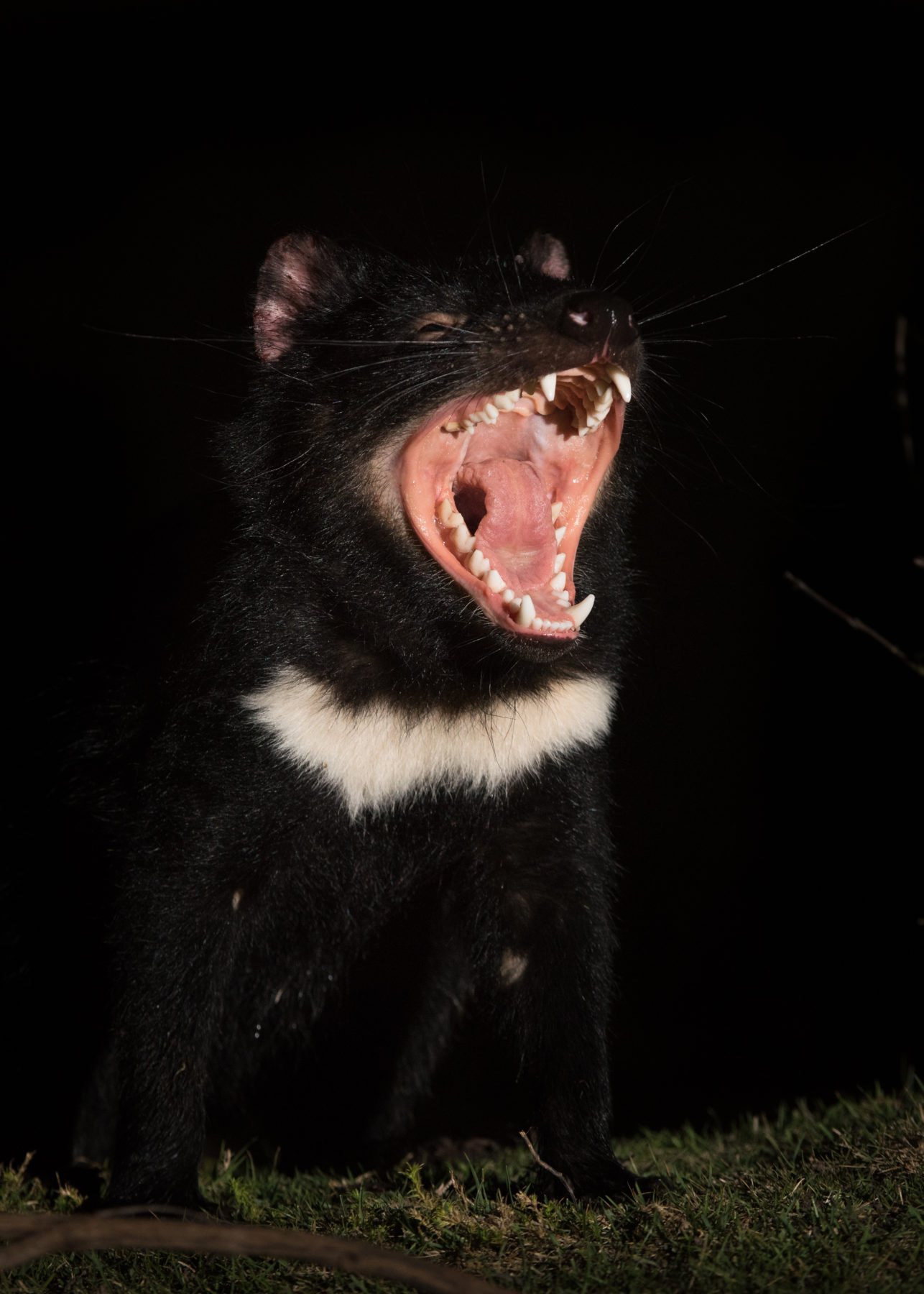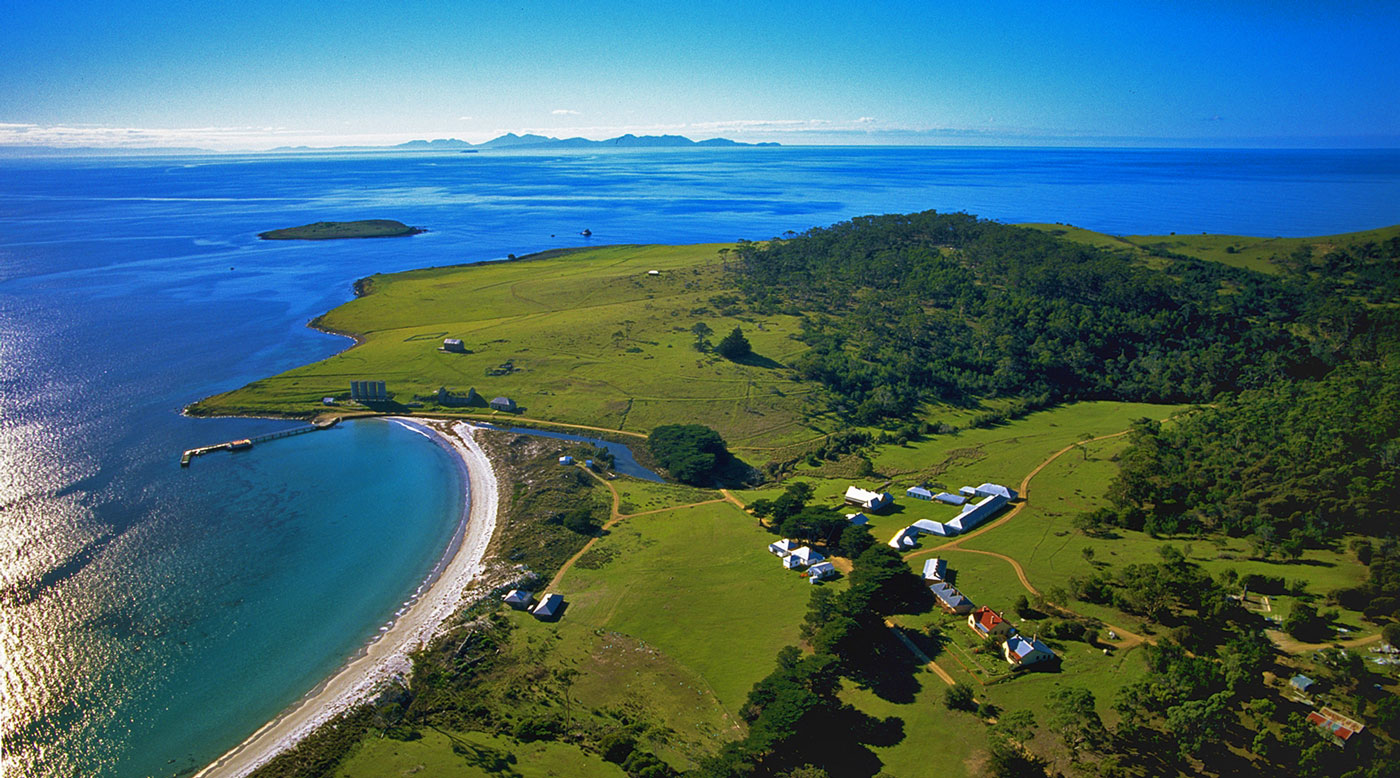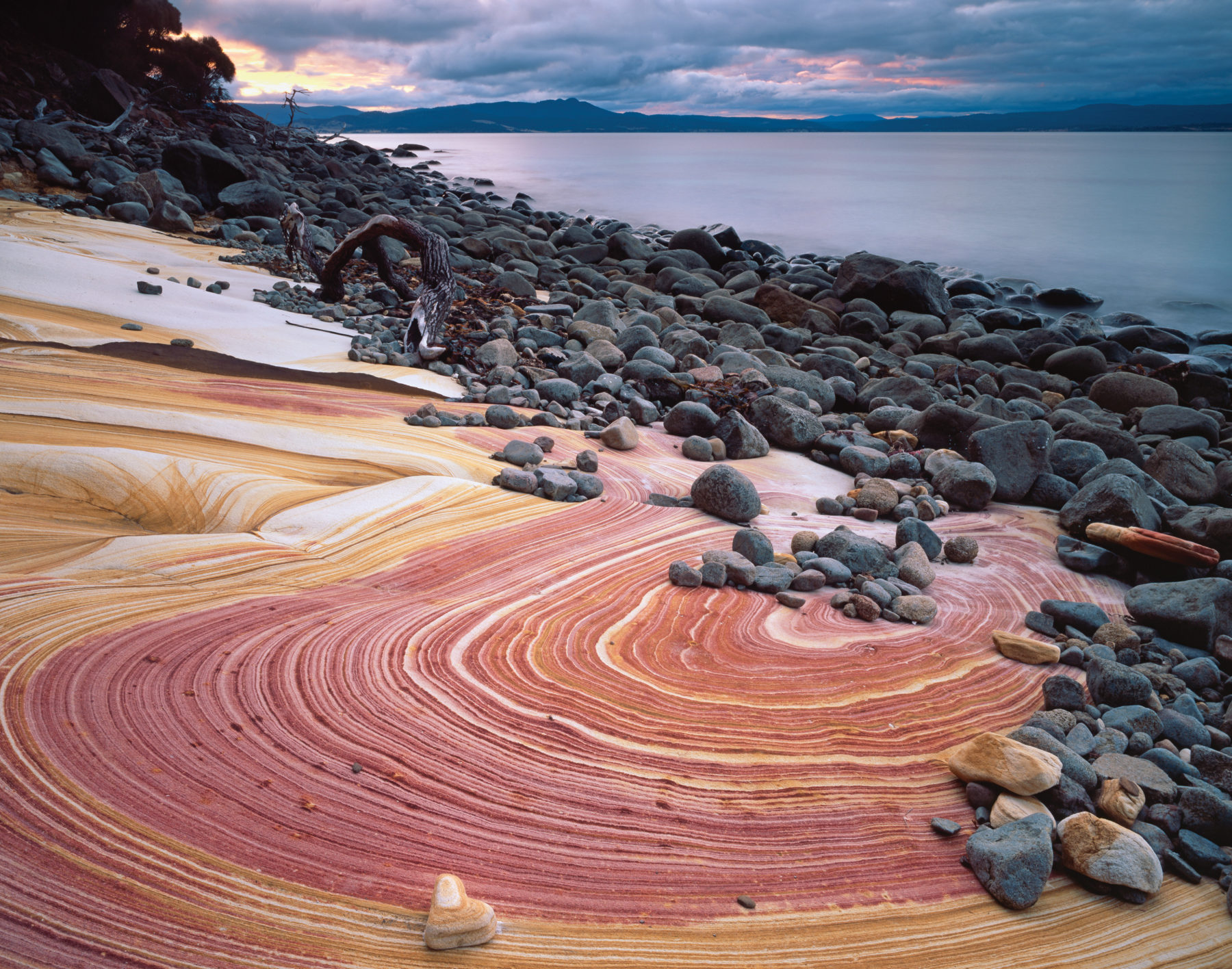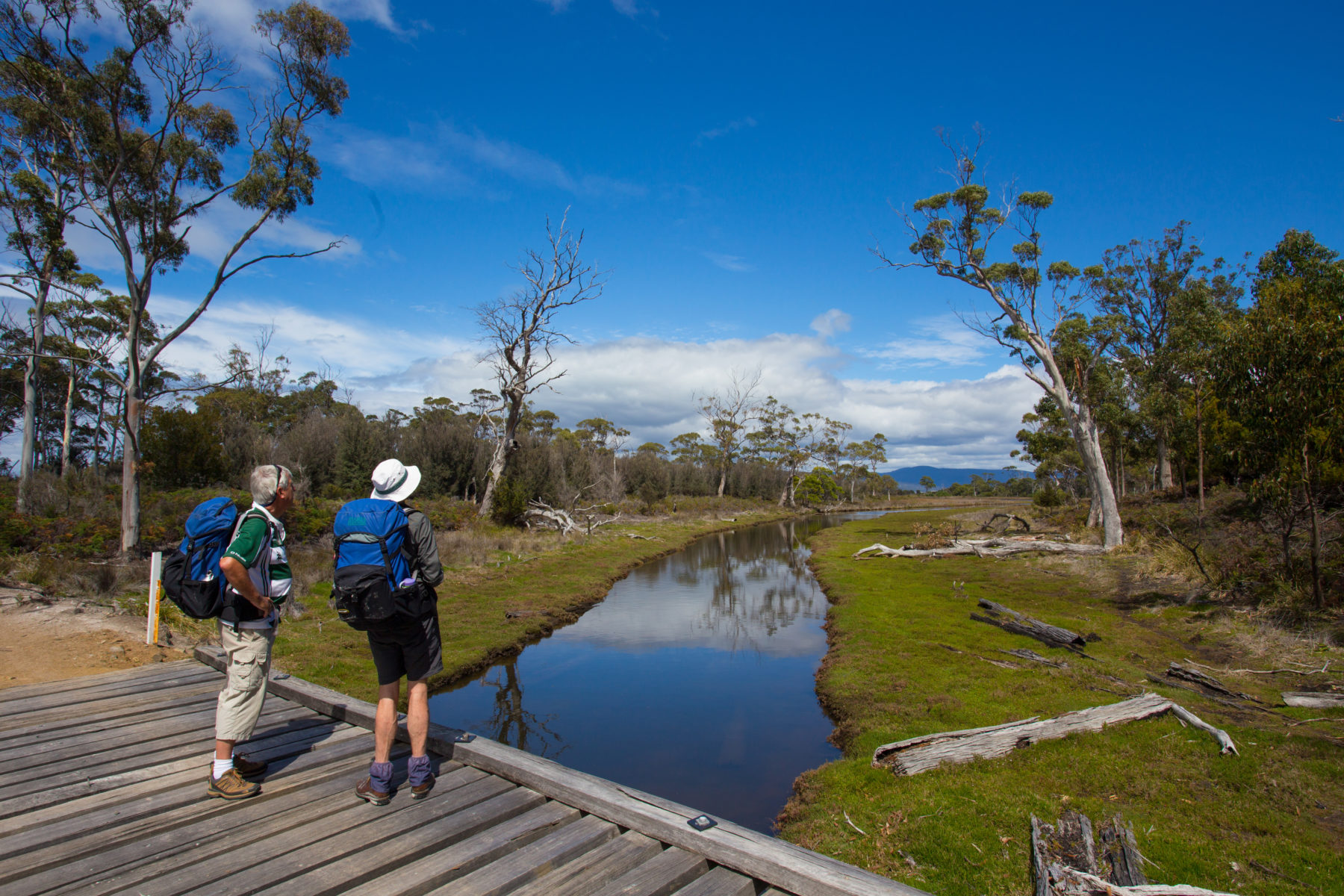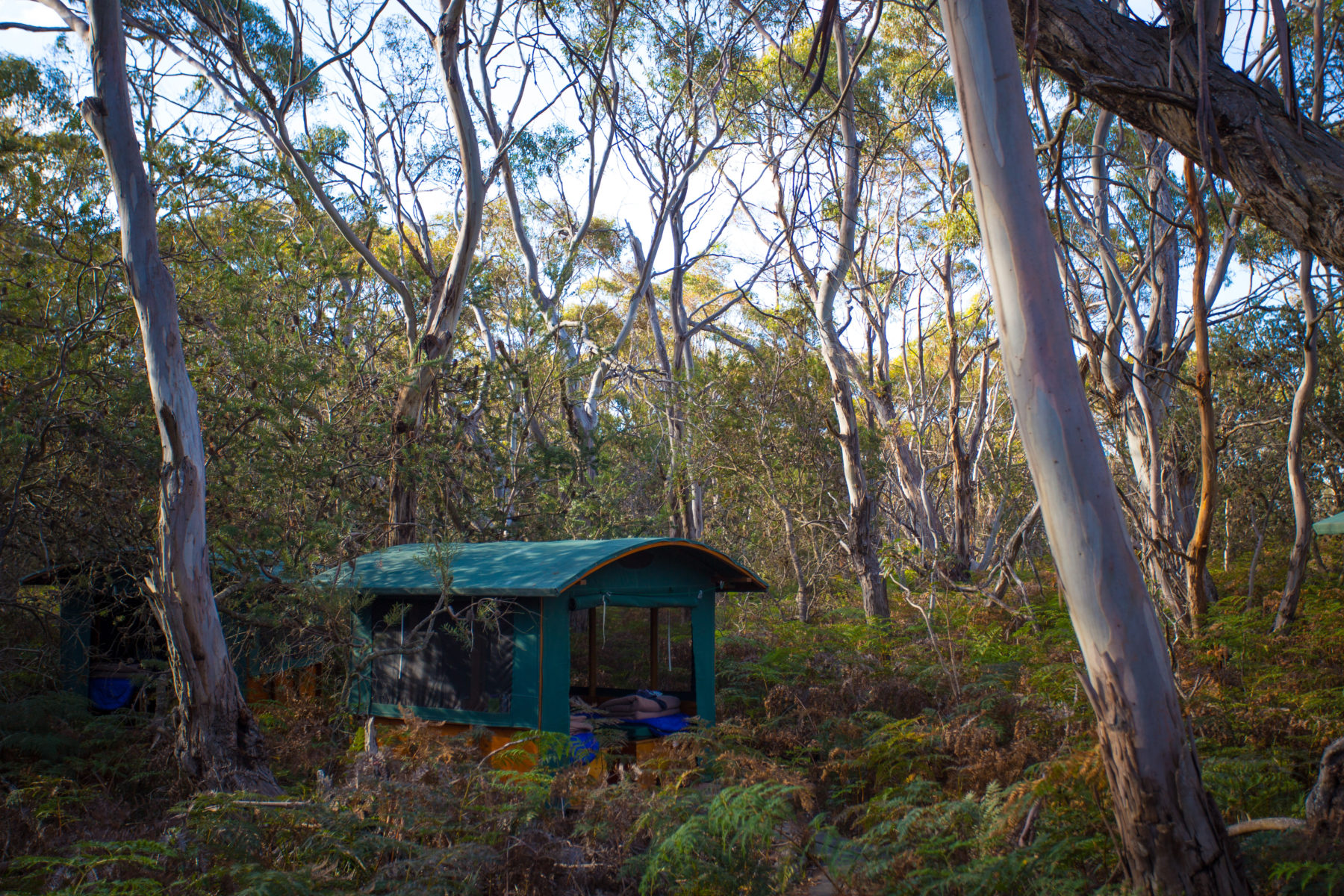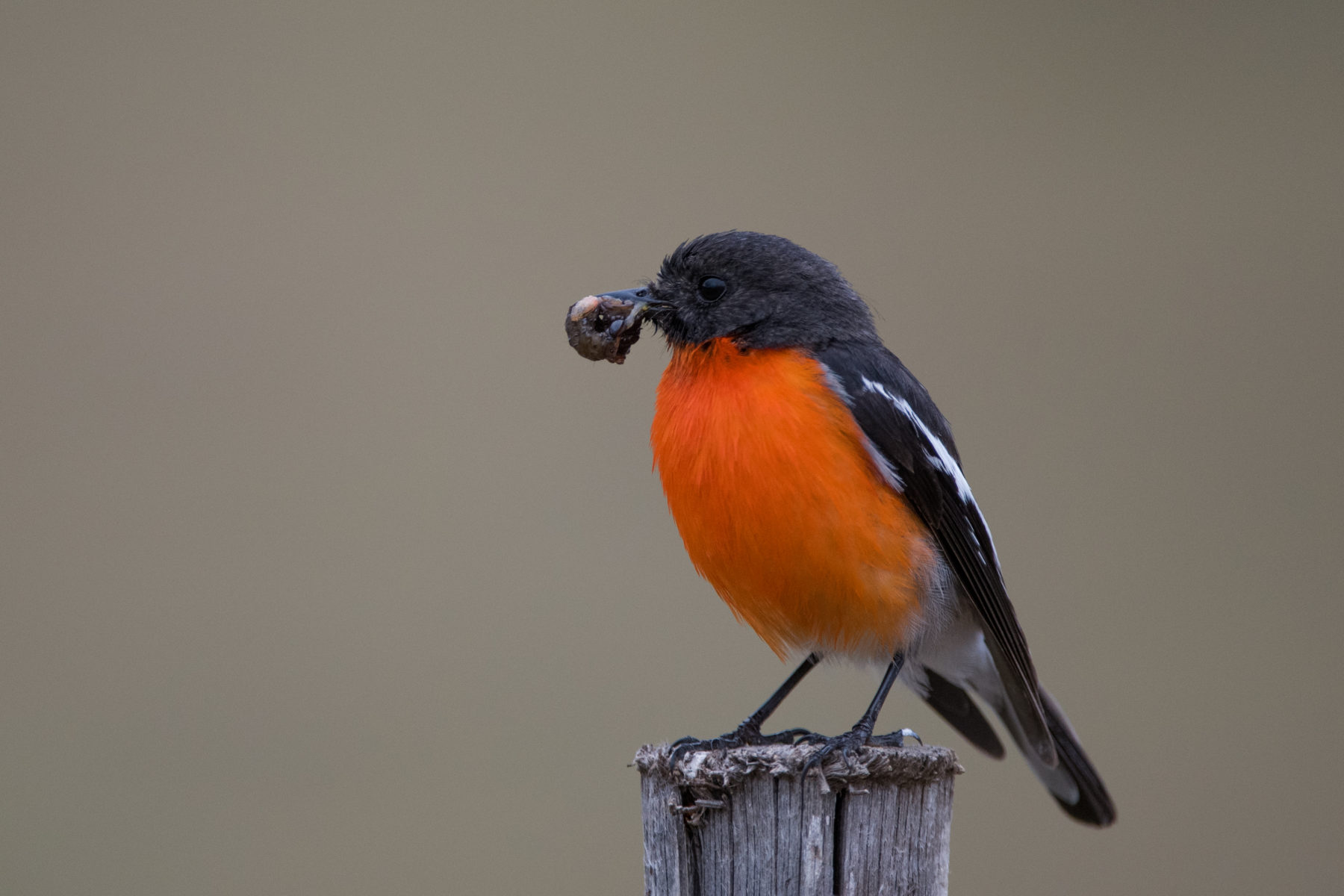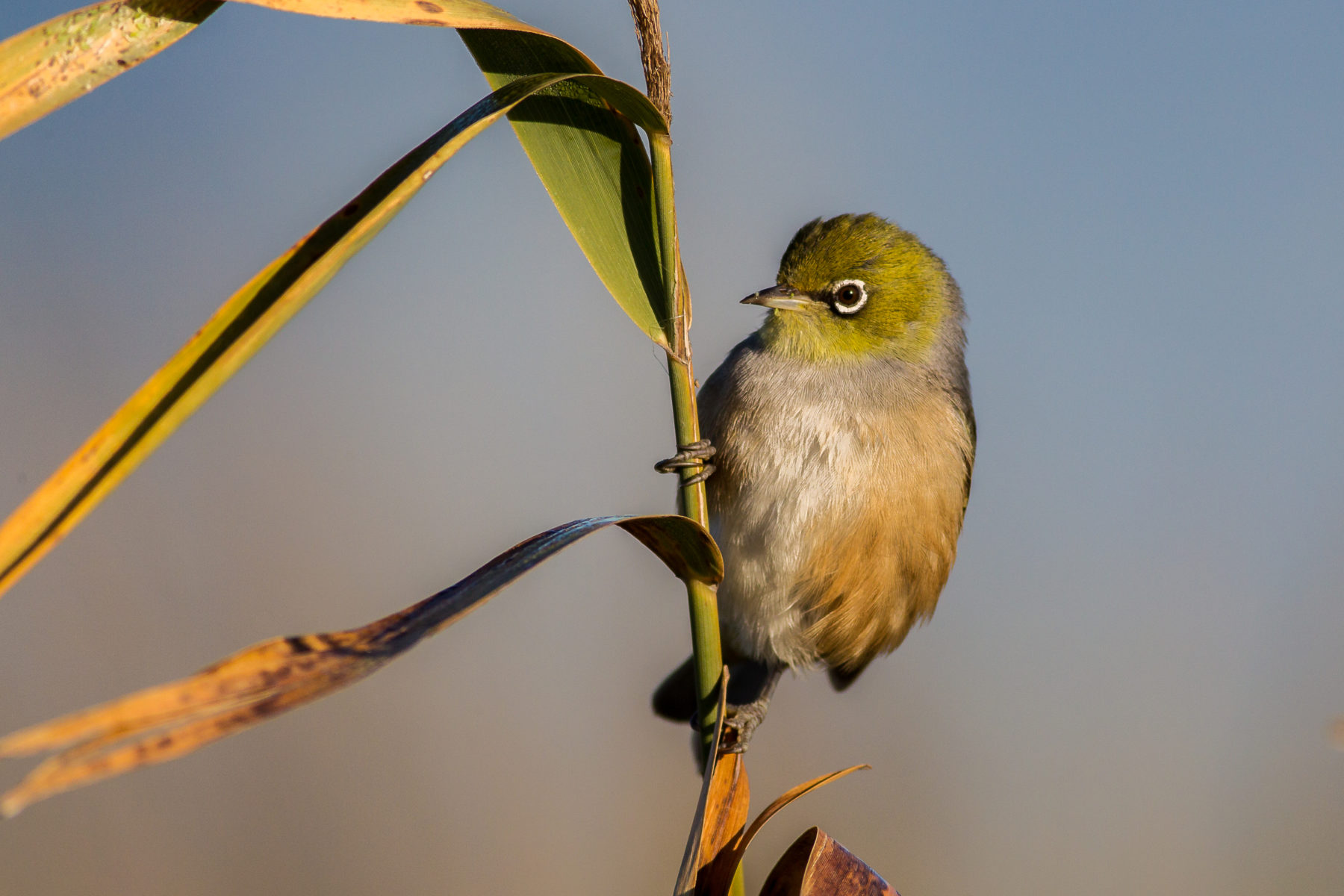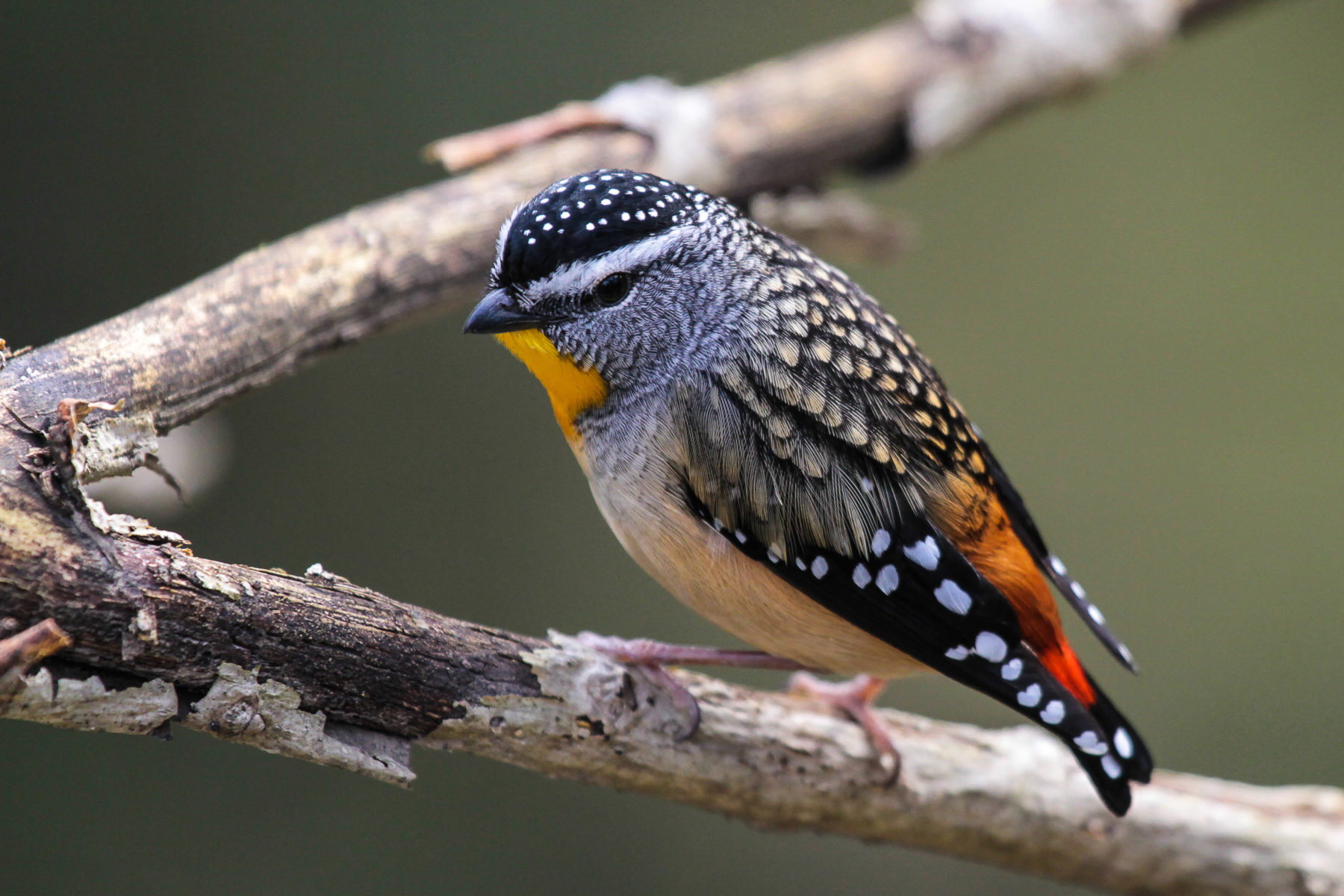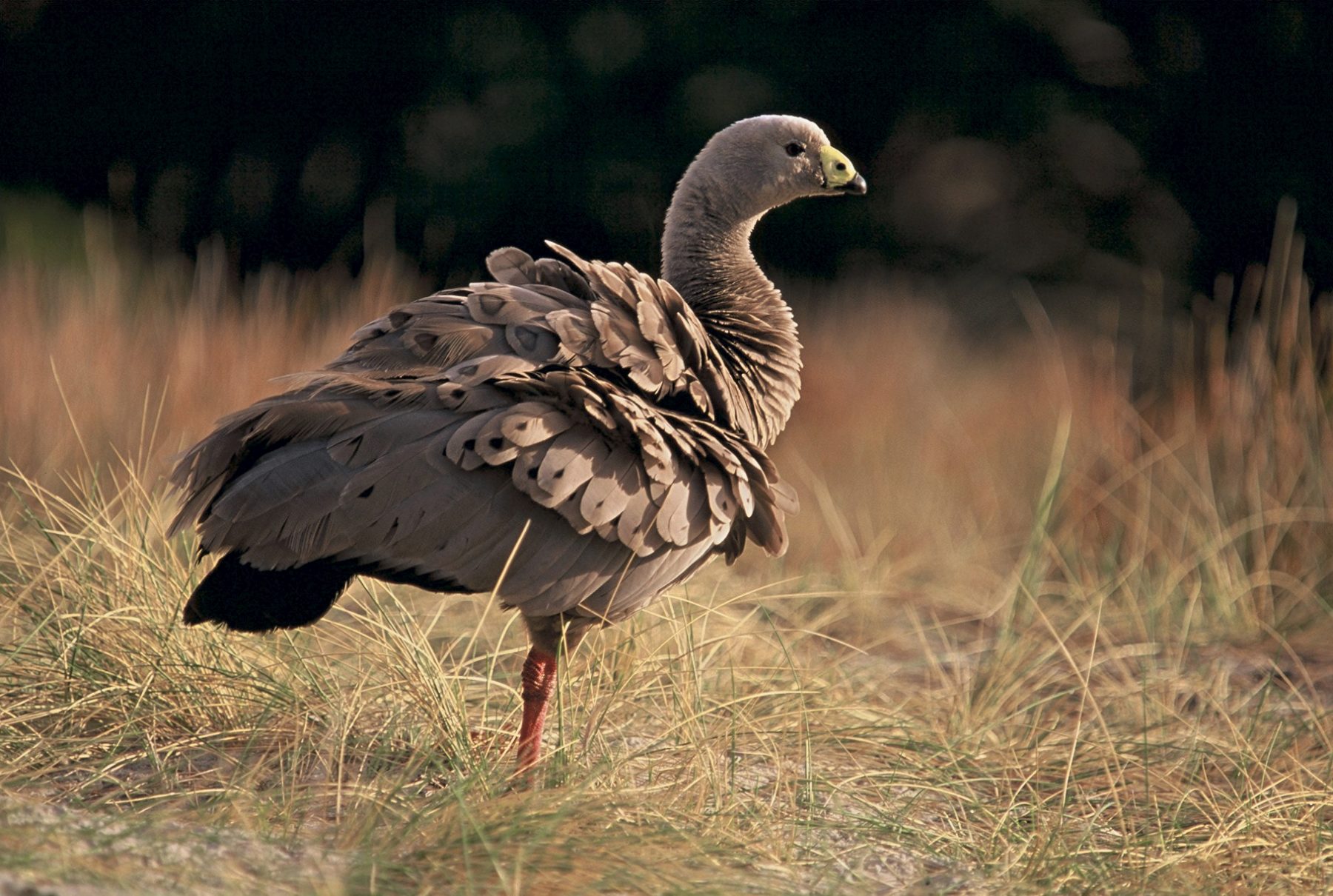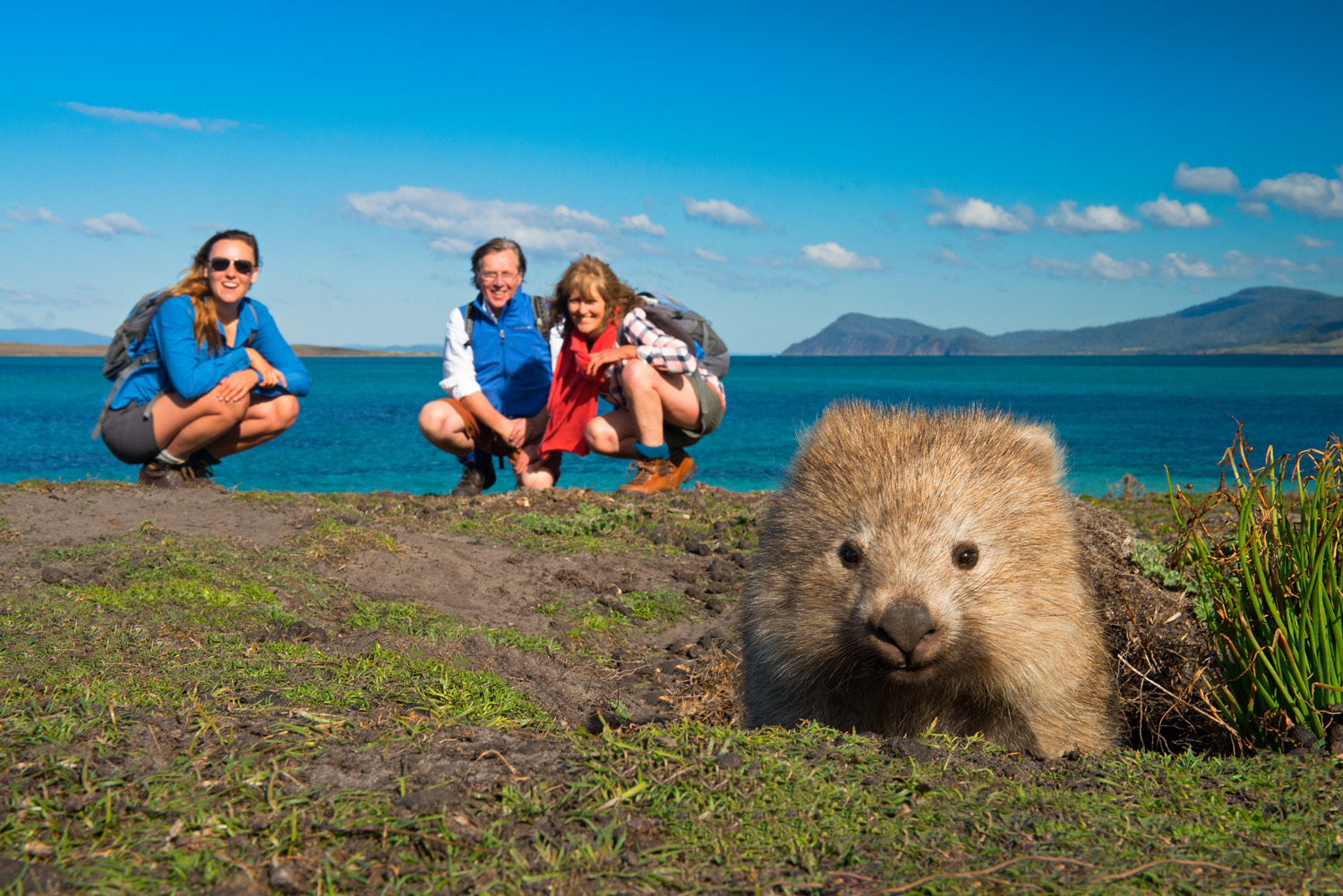Australia’s Noah’s Ark

Australia is blessed with many beautiful islands, and one of the best is Maria Island, located around 4km off the east coast of Tasmania. The whole island is a national park, and it promises a unique experience for visitors. In fact visitors are far outnumbered by wildlife – being accessible only by boat, the island is ripe with intimate encounters in nature.
History has also played a part on the island, with the convict settlement of Darlington UNESCO World Heritage-listed. The Maria Island Walk – a member of Australian Wildlife Journeys – was established in 2003 by Ian Johnstone, and has been showcasing the natural and cultural heritage of the island in an environmentally friendly way.
Visiting the island for the first time, people are always surprised by how beautiful it is. Ben Brown, Operations Manager of The Maria Island Walk, explains “Guests are usually amazed at the seclusion and clear blue water of places like Shoal Bay. Guests are also amazed to learn of the rich history of the island, from the Puthikwilayti to the early European explorers. Of course, many are also surprised by the amount of wildlife, especially on the northern end of the island.”
Wombat spotting is one of the highlights for guests, with Maria Island one of the best places to see ‘vombatus ursinus’ in Australia. Wombats are the world’s largest burrowing animal, growing to around 20–30 kilograms, and with their waddling gaits, and furry coats, you can’t help but fall in love with them. As you are walking around, you will also see Cape Barren geese, kangaroos, pademelons and wallabies.
Hiking Maria
A wonderful way to discover Maria Island, is on the four-day, three-night Australian Geographic Travel Maria Island Walk. A two-hour journey from Hobart – both by vehicle and then catamaran – will see guests arrive at the isolated southern end of the island, before spending the afternoon either hiking through tall-timbered forests to Haunted Bay, swimming in crystal clear water or relaxing at Casuarina Beach Camp.
Day two will see you hiking around 13 kilometres, crossing an isthmus, five beautiful beaches, and visiting some of the historic sites on the island, including the ochre pit at Bloodstone Point, one of the original sources of ochre for Tasmanian Aboriginals. The view of the sunset over Four Mile Beach is always spectacular, before wining and dining at White Gums Camp.
You can cover anywhere from nine to 17 kilometres on the third day, walking to Hopground Beach and the Painted Cliffs, with a climb to the top of Mt Maria optional but well worth it for the panoramic views. You can add in another climb to the top of Bishop and Clerk, for its views over the rugged, rocky coastline. The day concludes with a lavish banquet and a night’s accommodation in the historic Bernacchi House, a protected colonial home once occupied by Italian entrepreneur Diego Bernacchi.
The house will be even more comfortable in 2023, thanks to a revitalisation over the winter of 2022, by a local interior designer, Laura Stucken of Van Bone restaurant. Laura used local Tasmanian craftsmen and products to highlight the stunning landscapes and colours of the island in paint colour, fabrics, stone and timbers.
The last day could well be the most memorable, with time to explore the convict settlement of Darlington, and a visit to the wild sea cliffs of Fossil Bay before heading to the base of the Fossil Cliffs that drew David Attenborough to the island.
Ben Brown explains the significance of Fossil Bay and the Fossil Cliffs: “The cliff exposure in the Fossil Bay area is recognised as the best example of lower Permian strata in Tasmania, if not the world. The dark grey rock containing the fossils consists of alternating beds of fossil-rich limestone and siltstone that is estimated to be about 16 metres thick. At Fossil Cliffs you will discover the prolific occurrence of fossils of the thick-shelled clam Eurydesma. The soft parts of the creatures have rotted away, leaving only the hard shells, which have lasted almost 300 million years.”
Ben enthuses that Maria really is a geologist’s dream: “From the towering Jurassic dolerite cliffs, Triassic sandstone quarries, the granite boulders of Haunted Bay and the amazing Permian limestone cliffs of Skipping Ridge, it is astonishing.”

The wildlife
Maria Island has been referred to as a Noah’s Ark for rare animals and birds – including the Tasmanian devil. As part of the quest to save Tasmanian devils from extinction due to a facial tumour disease that was wiping out the population on the Tasmanian mainland, controlled numbers have been released on Maria Island since 2012. Ben says: Since then, the devils have thrived on Maria Island. They are managed by the Save the Tasmanian Devil Team, who keep the population on Maria to about 70-80 individuals. The population is managed to maintain genetic diversity and healthy tumour-free devils, with many successfully reintroduced into areas in Tasmania over the last few years. It is so special to see the Tasmanian devils in the wild.”
Maria Island has 125 bird species with all of Tasmania’s endemic species found here, including the very rare forty-spotted pardalote, and swift parrot. Ben explains: “Forty spotted-pardalotes are one of the smallest and most range-restricted birds in Australia. Known as ‘diamond birds’ because of their tiny, jewel-like appearance they are found in four locations – Flinders Island, Maria Island, Tinderbox and Bruny Island. Bruny and Maria support the largest colonies, with Maria estimated to contain 400 breeding pairs, around 50 per cent of the total breeding population. On Maria, they are found where the white gums are – in Bernacchis Creek, Counsel Creek (on the ascent to Mt Maria), Four Mile Creek (White Gums Camp) and the Isthmus. Researchers have been conducting a monitoring program for forty-spotted pardalotes over their entire remaining range (North Bruny Island, Maria and Flinders Island) to track changes in their population patterns of occupancy and abundance.”
Swift parrots are listed as vulnerable due to their population size – less than 1000 pairs – with numbers continuing to decline. Ben said: “Swift parrots are slender, bright green, with a long, thin dusky-red tail, red forehead, throat and under tail. During spring, swift parrots migrate from south-eastern mainland Australia for summer breeding in Tasmania, to coincide with the flowering of blue gums.”
There has been a vigorous tree planting program on the island to assist with the prevention of erosion, soil degradation and to increase the biodiversity of an area. The trees act as a food source and also provide habitat for many of the native birds.
Ben thinks he is incredibly lucky to work on Maria Island: “I may be biased but I don’t think there is anywhere quite like Maria in the rest of the world. Maria has such a rich human history, convict history, industrial history, white sandy beaches, towering peaks, remarkable geology, rare and endangered wildlife and diverse vegetation. All that and it is an island national park with no permanent residents save for a couple of park rangers.”
Ben Brown’s fun animal facts
A group of wombats is called a wisdom.
Wombats have a rear-facing pouch, so the young don’t get covered in dirt when the mother is digging.
White-bellied sea-eagle nests can be up to the size of a double bed.
Kangaroos have three vaginas.
Australian Geographic Travel’s Maria Island Walk next departs 3–6 March 2023.
This article is brought to you by Australian Wildlife Journeys.
